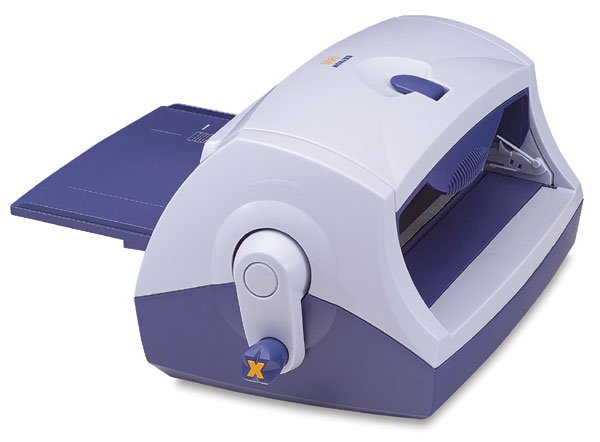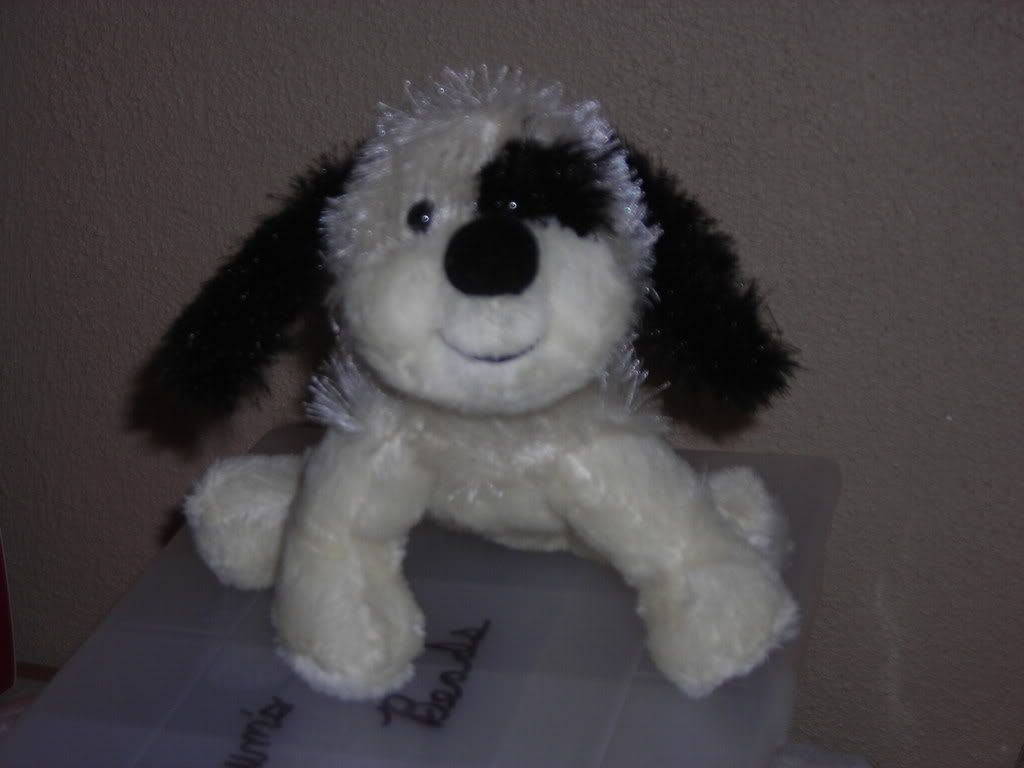Several years ago I found a great idea on
Beth Newingham's website for a keyboarding camp. She has explained her ideas in this article:
Take Your Students to Typing Camp! I really liked her ideas, but had to modify them a bit to make it work for my situation. I only see the third graders twice a week, so I wouldn't be able to spend a whole week or two dedicated to a typing camp unit.
I changed our theme slightly from Keyboarding Camp to Keyboarding Boot Camp. Each student has a dog tag with their name on it. These are hanging on the wall in our Computer Lab at the beginning of the school year and create a nice display. The students wear their dog tags during class and are able to keep them once we have finished all of our keyboarding lessons. As soon as we have learned all of the keys that spell a student's name, I take a picture of them wearing their dog tag and add it to the display. It's exciting to see who will be able to type their name each time!
Not only do students get to keep their dog tags when we finish our keyboarding boot camp, they are also able to earn other charms to add to their chain. For example students earn a hand charm when they have successfully completed all of the keyboarding lessons. You could be creative with this and give charms for other reasons as well. (I purchased dog tags, chains, and charms from
Fitness Finders, Inc.)
I wrote a Keyboarding Boot Camp chant that has three verses. The refrain lists the home row keys. The hope is that learning and singing this will help them remember the home row keys which will in turn help them with correct placement of their hands on the keyboard.
The students learn the first verse the first day of our boot camp.
Left, left, left-right-left
We are learning the home row
These are the keys we have to know
Our fingers stay on these eight keys
Reach somewhere but come home please
A, s, d, f, j, k, l, semicolon!
They learn the second verse after completing lessons on the Home Row.
Left, left, left-right-left
Now we know the whole home row
Learning keys, we’re on a roll
Press the space bar with one thumb
Don’t use two, that would be dumb
A, s, d, f, j, k, l, semicolon!
They learn the third verse after learning all of the keys.
Left, left, left-right-left
We finished learning all the keys
Our parents surely will be pleased
Keyboarding boot camp was lots of fun
We’re sad to say that it’s all done
A, s, d, f, j, k, l, semicolon!
As we learn each verse, I record them singing it and post it on our school site using Audioboo.
The Keyboarding Boot Camp theme adds some excitement and fun to keyboarding which could be a little dull and monotonous otherwise. Thanks to Beth Newingham for the inspiration!




















